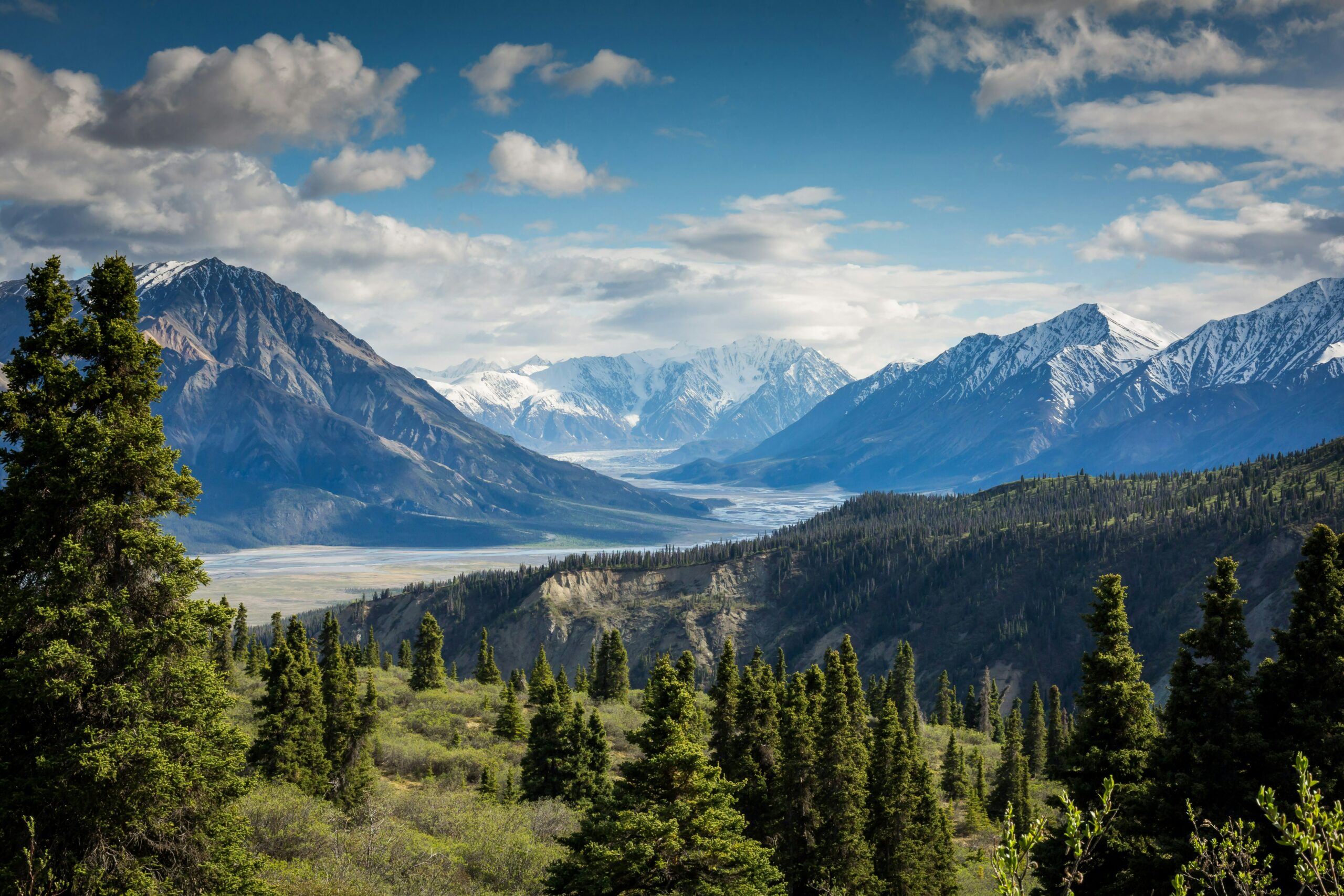Cover image: Kluane National Park and Reserve, part of the traditional territory of the Southern Tutchone in the North (Photo by: Kalen Emsley)
Mining has played a significant role in the Yukon’s economy, providing jobs, supporting communities, and contributing to exports. For decades, it has been a vital part of life in the Yukon for many people.
In recent years, though, there has been growing conversation about the safety and sustainability of mining in the territory. First Nations and the territorial government are working together to try and modernize mining laws aimed at reducing social and environmental harms. Still, tensions remain. Disasters like the failure at the Eagle Gold Mine near Mayo—on the traditional territory of the First Nation of Na-Cho Nyäk Dun—where cyanide and other contaminants spilled into surrounding waterways, have underscored the risks of continuing with business as usual.
So, where does the Yukon go from here? How can mining be transformed to prevent harm? And what other economic opportunities might reflect the strengths and priorities of local communities?
Alternatives to Mining
To help explore these questions, To Swim and Speak with Salmon (a project on MakeWay’s shared platform), CPAWS Yukon, and with support from Research on the Frontlines, hosted that brought together leaders and community voices from across the Yukon and beyond for a series of public, virtual panel discussions that brought together leaders and community voices from across the Yukon and beyond.
Steve Ellis, Northern Program Lead at MakeWay, participated in a panel on mining alternatives alongside Helaina Moses of Na-Cho Nyäk Dun, Teri-Lee Issac of Tutchone Tours, and Jani Djokic of Na-Cho Nyäk Dun Development Corporation. Jared Gonet, Project Director of To Swim and Speak with Salmon, moderated the panel.
The four panelists explored a range of alternatives to extraction-based economies in the Yukon, including opportunities in environmental stewardship and restoration, ecotourism, and entrepreneurship.
Canada’s Approach to Economic Development in the North
During the panel, Steve explained how MakeWay’s Northern Program supports communities across the northern territories and Inuit Nunangat that are exploring new, place-based approaches to sustainable livelihoods.
“A big piece of what we try to explore is this concept of place-based economies and sustainable livelihoods, or ways of life and ways of generating prosperity that are line with community aspirations and aren’t inherently extractive but are restorative,” he described.
Steve spoke about the underlying values and assumptions that have shaped economic development in the North. Paraphrasing a friend, he described how Canada’s approach in northern and Indigenous communities has often been rooted in a deficit mindset, focusing on what communities lack rather than building on their strengths.
“This form of extractive economic development is viewed as inherently good and northern Indigenous Peoples have been treated as having a deficit in that sort of economy, and there’s been an emphasis on needing to bring them into the economy.”
Significant investment has gone into training and capacity-building to bring Indigenous Peoples into the workforce, particularly in resource extraction industries. While this has created economic opportunities for some, he noted that it has also contributed to environmental harm and social challenges.
Economic Opportunities that Reflect Community Strengths
What if, instead of taking a deficit approach, economic development focused on the strengths and assets already present in the North?
“Northern Indigenous communities do a whole bunch of stuff really well, and in fact, don’t need to build their capacity because they already do this stuff inherently well, extremely strongly,” Steve said. “Let’s build an economic model that suits what Indigenous northern communities want to do, what they aspire to do, and what they’re already really damn good at.
We’re already seeing examples of this kind of approach taking shape across the North. Steve pointed to Indigenous Guardians programs as one example, where people who are skilled hunters and land stewards are now able to earn full-time salaries and benefits for doing what they’ve always done: caring for the land.
Instead of building capacity to fit into market-driven economies, these emerging models show what’s possible when we invest in existing strengths, creating livelihood opportunities that are deeply aligned with culture, land, and community values.
“It’s our responsibility to build an economic model that suits the strengths and the assets that are already in our communities in the North,” Steve concluded.
Watch the full panel discussion and other events in the series on the CPAWS Yukon website.
Related Reading:
Editorial: There’s momentum for mining reform, Randi Newton, Yukon News, 2021
Troubled Water, Julien Greene, CBC News, 2024
Yukon First Nation calls to shut down all mining activity on their land following Eagle mine slide, CBC News, 2024
